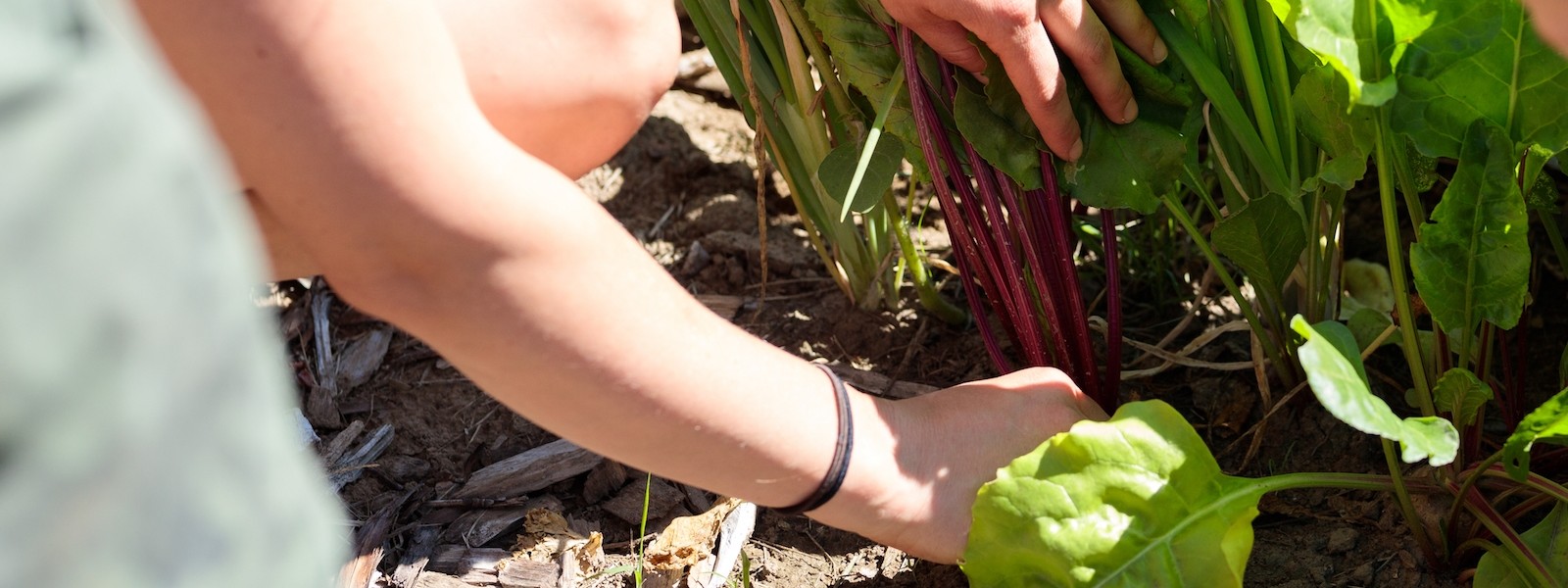Pest: Rose Chafer
These beetle-like bugs are very common. Unfortunately they are not friends. They can skeletonize the leaves of your plants quickly and thoroughly.
Adults are reddish brown, 1/3” long with black undersides and wing covers cloaked in thick, yellowish hairs. The larvae are small white grubs.

LIFE CYCLE
Larvae overwinter in soil, pupate in the spring and emerge as adults in late May to early June. Adults lay eggs in soil until early July. The eggs hatch in two weeks. The grubs feed on roots until the fall.
PLANTS THEY ATTACK
Larvae feed on roots of grass and weeds. Adults chew on flowers, leaves and fruit of grapes, roses, tree fruits, brambles, strawberries, peonies, irises, dahlias, hollyhocks, and vegetables.
SPOT THE DAMAGE
Not only do they destroy many fruits at blossom, they frequently skeletonize the leaves, leaving only the large veins intact. Adults emerge about the time of grape bloom and often cause extensive damage to foliage. Blossom buds are often completely destroyed, resulting in little or no grape production. Feeding activity on various plants may continue for four to six weeks. Damage can be especially heavy in sandy areas, the preferred habitat for egg-laying. Serious damage only with heavy infestation.
PREVENTATIVE ACTIONS
- Cultivate in between the rows in your garden to dislodge any larvae or eggs that may be living in the soil.
- Hand-pick insects and drop into a bucket of soapy water.
- Vacuum insects off the plant.
LIVE BIOLOGICAL CONTROL
Drench the soil with a parasitic nematode to kill the larvae living in the soil.
ORGANIC PRODUCT CONTROLS
Use pyrethrin for a severe infestation.
Sources
CCF staff
Good Bug, Bad Bug by Walliser 2008
The Organic Gardener’s Handbook by Ellis and Bradley 1996
Interested in learning more? The Grower’s Library at Johnny’s Selected Seeds may have the information you’re looking for.

